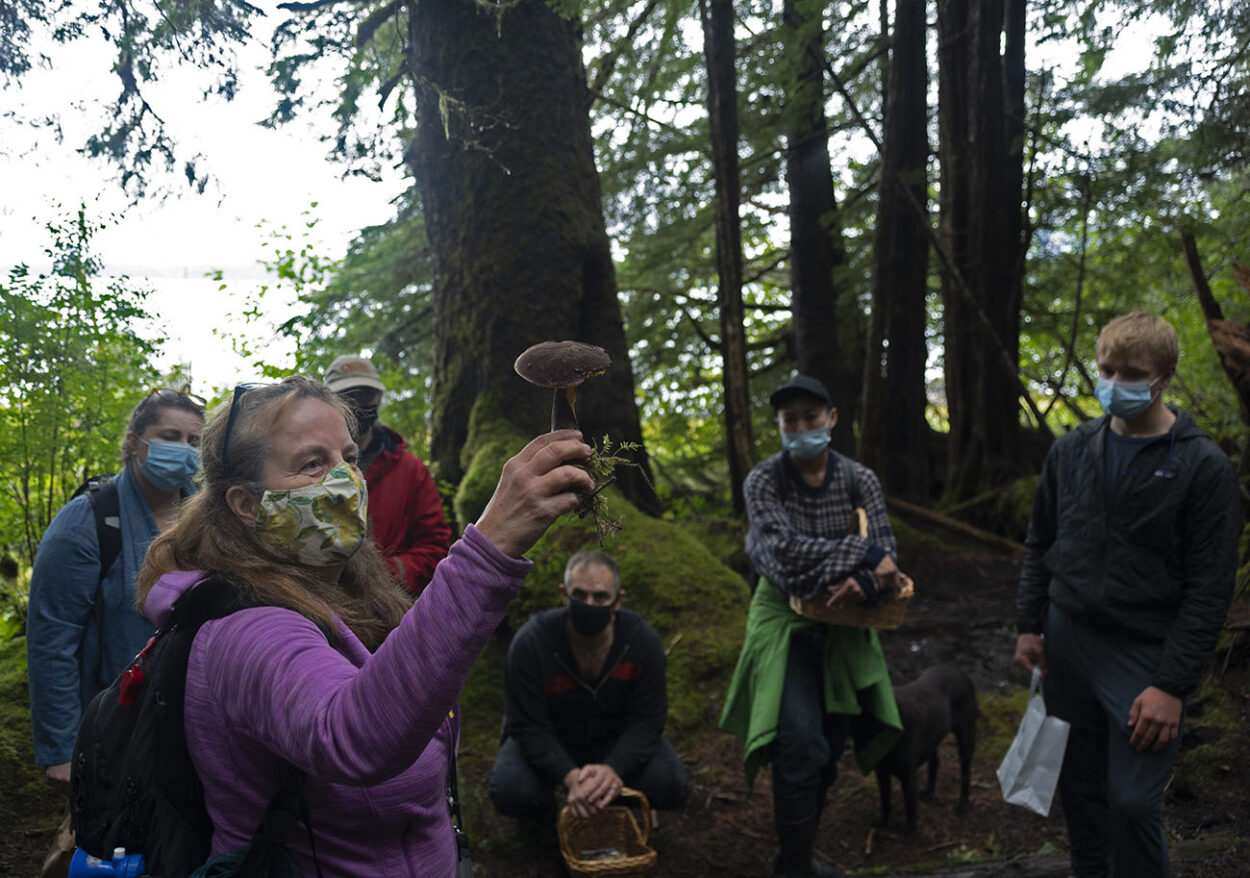
It’s autumn in Alaska, and for foragers in Sitka this means scooping up the last remnants of mushroom season before winter arrives. It also marks the triumphant return of resident botanist Kitty LaBounty’s annual fungi foraging class, following a year-long hiatus amid the pandemic.
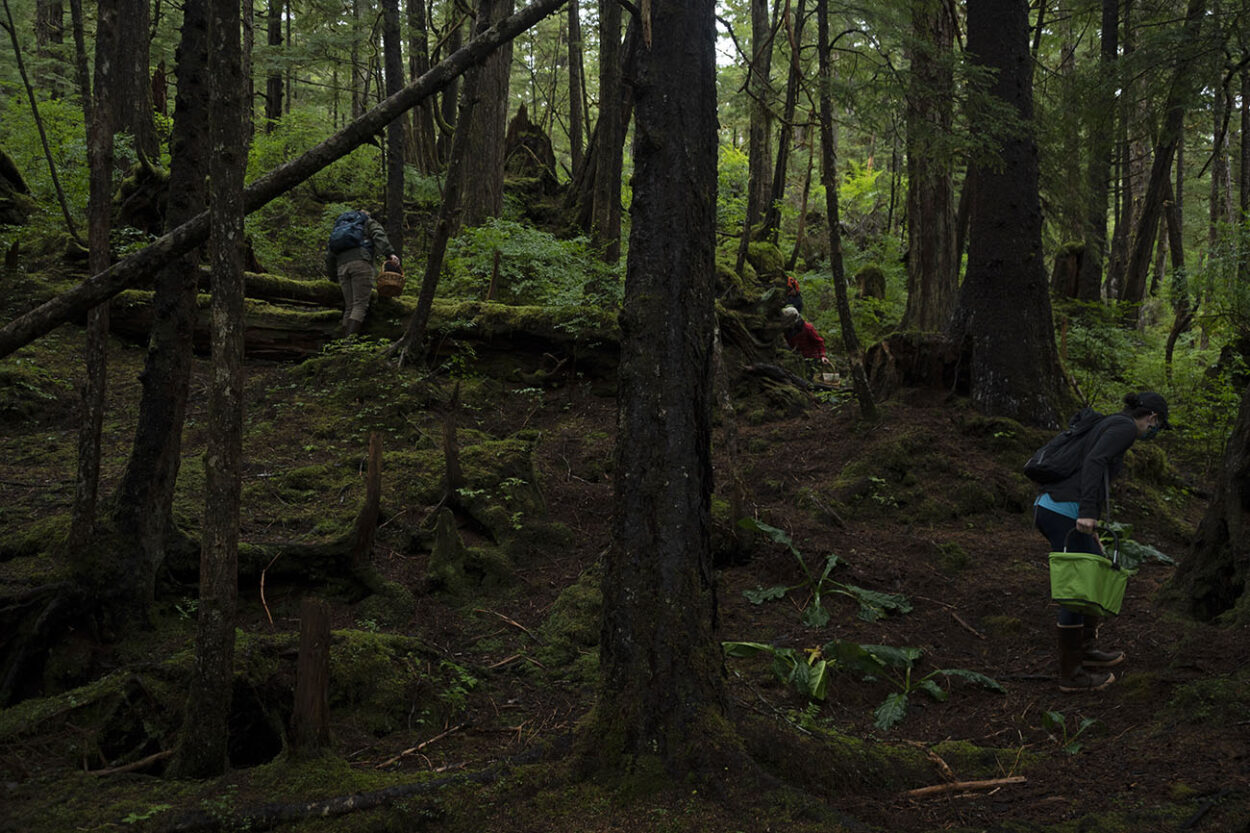
When I arrive at the Mosquito Cove parking lot, LaBounty is passing around fungal specimens to a group of roughly 15 eager students. She’s explaining how to identify edible and non-edible mushrooms, a skill she’s mastered over the last 35 years.
According to LaBounty, despite a relatively wet summer, it’s been a pretty prolific mushroom year in Southeast.
“It seems like we actually had a pretty good year in terms of edible mushrooms. People found a lot of chicken in the woods, people found a lot of golden chanterelles and hedgehogs and things like that. So it seemed like overall, it was pretty good despite being ridiculously soggy,” says LaBounty.
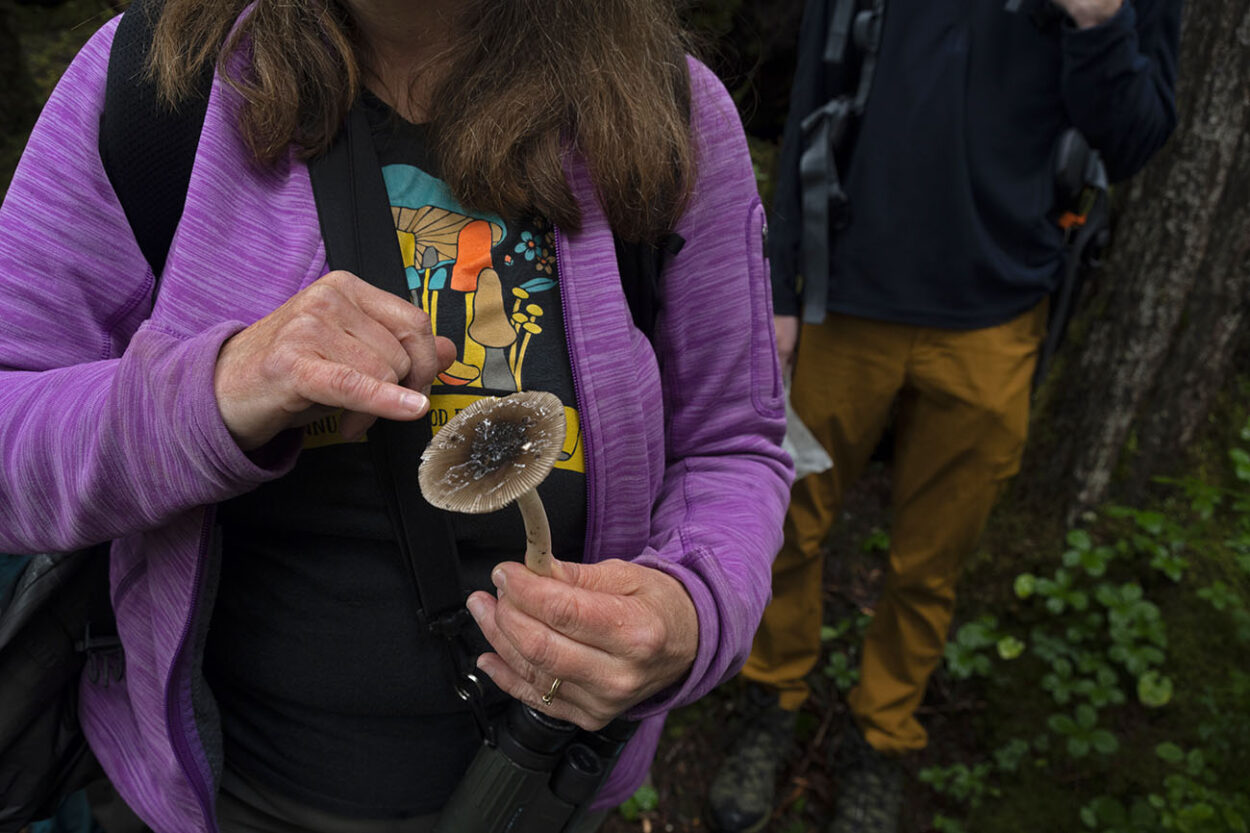
LaBounty’s students meander around the woods, baskets in hand, admiring the fungal flora of the understory. The group sporadically gathers to admire a a specifically interesting specimen, before dispersing again to do their own observation.
Most of LaBounty’s students will go home with their own bounty of edible winter chanterelles, but she says not all her students are looking to take a specimen home today.
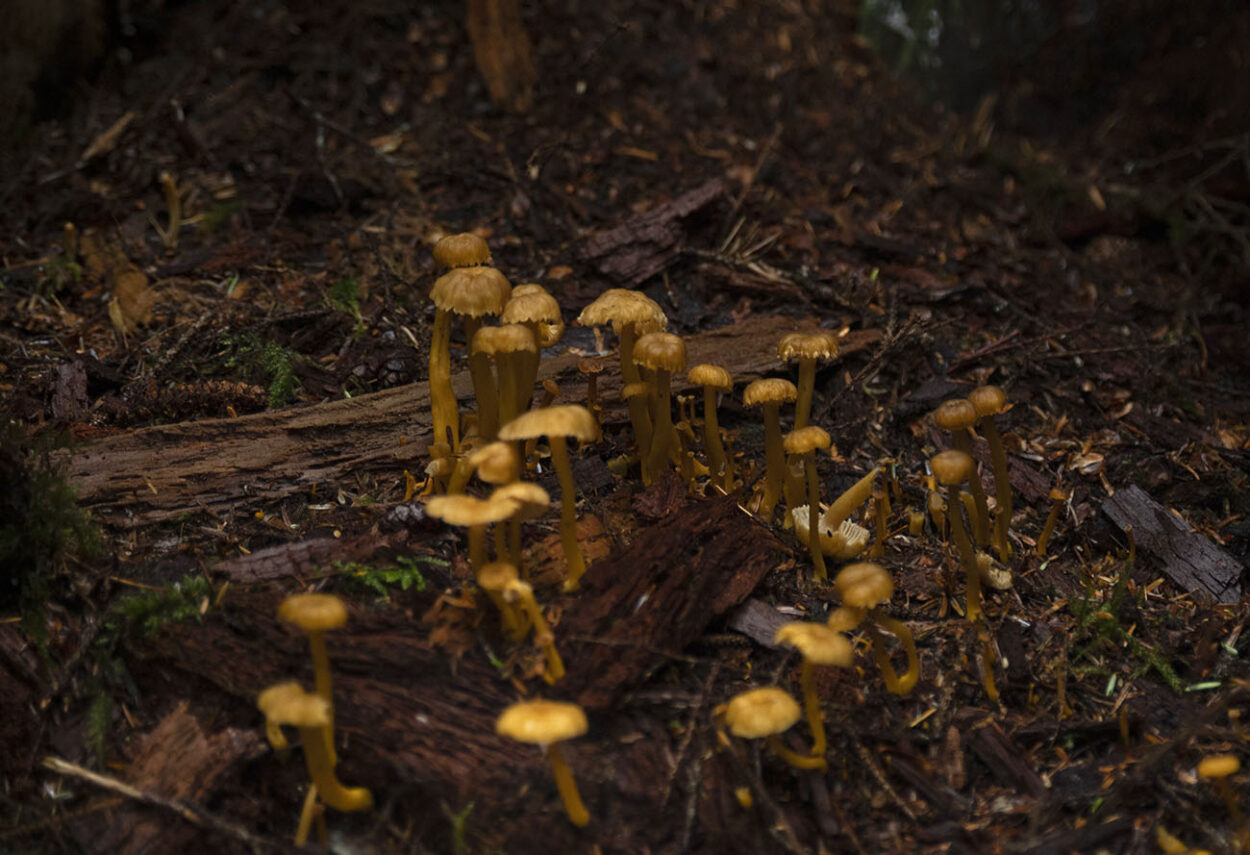
“You know, most people tend to focus on just a few species for the table, which I think is great. There’s a few other people that are, you know, interested in fungi for fungi, and don’t hardly eat any at all. And so some of its foraging and some of its, you know, intellectual curiosity that sends people out into the woods,” says LaBounty.
For Sitka local Amy Johnson, today is about sharpening her foraging skills.
“We’re constantly out in the woods and picking mushrooms and my husband’s usually he’s pretty good about it but we just wanted to feel a little bit more confident about what we’re what we’re able to harvest and incense and eat. Yeah, we like to. We’d like to eat what we can find in the wild,” Johnson says.
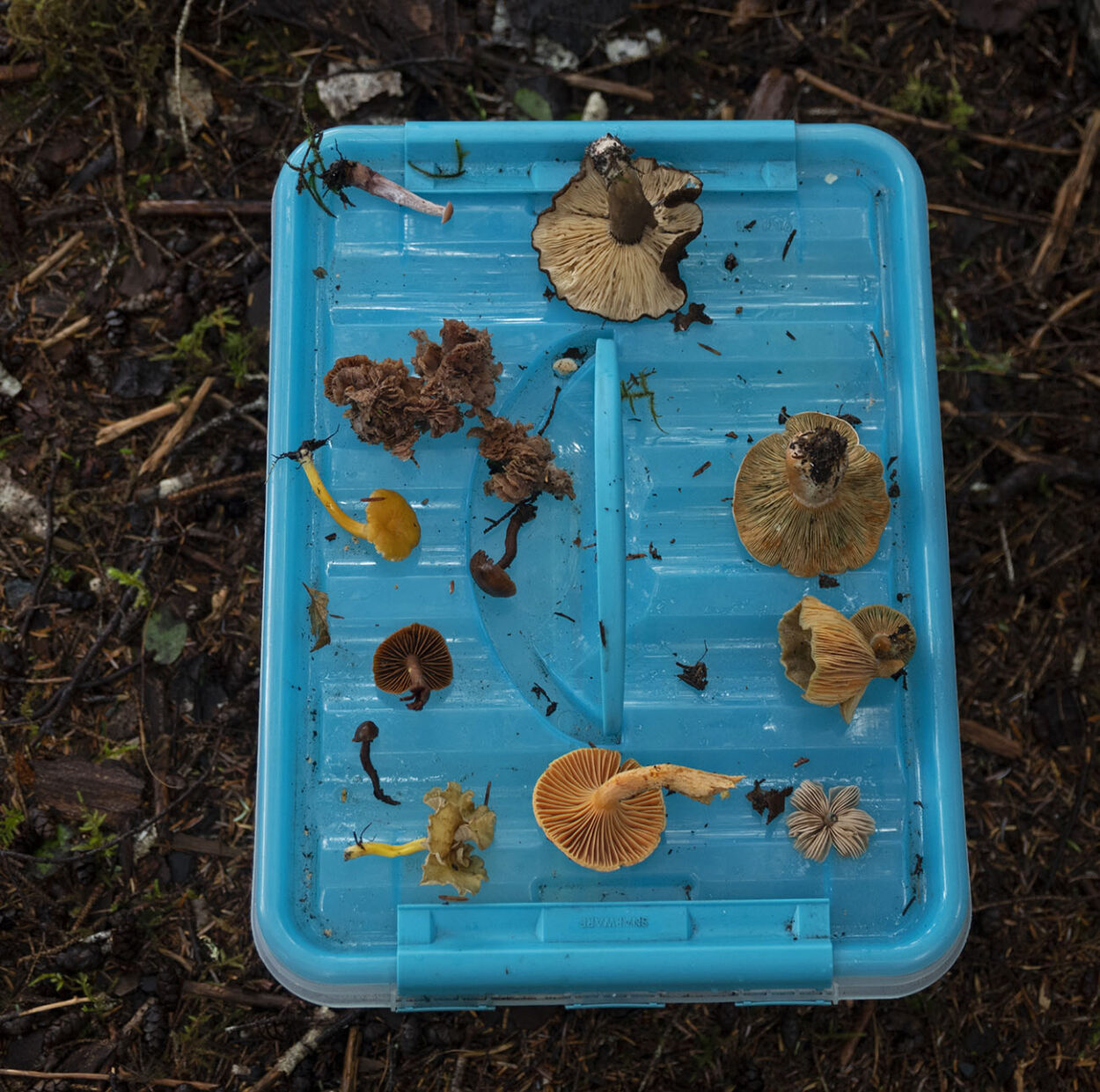
For others, like recent transplant, Becky, it’s just about getting to know their surroundings.
“I just moved here in January though. so I’m from Missouri so this is a whole new territory. So just getting used to the new environment,” she says.
While the colder, wetter days will soon put an end to mushroom season in the Tongass, LaBounty says that it’s never too late to prepare for next year.
“There’s really good books out there that are available,” she says. “There’s various social media groups. There’s also iNaturalist, which is another good way, you know, that it’s good to just do a little bit of studying before you start eating, regardless, whether it’s fungi or plants.”






























